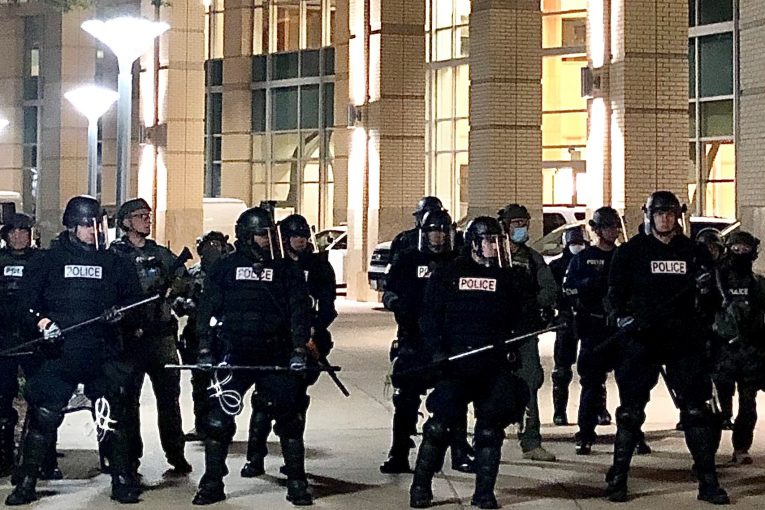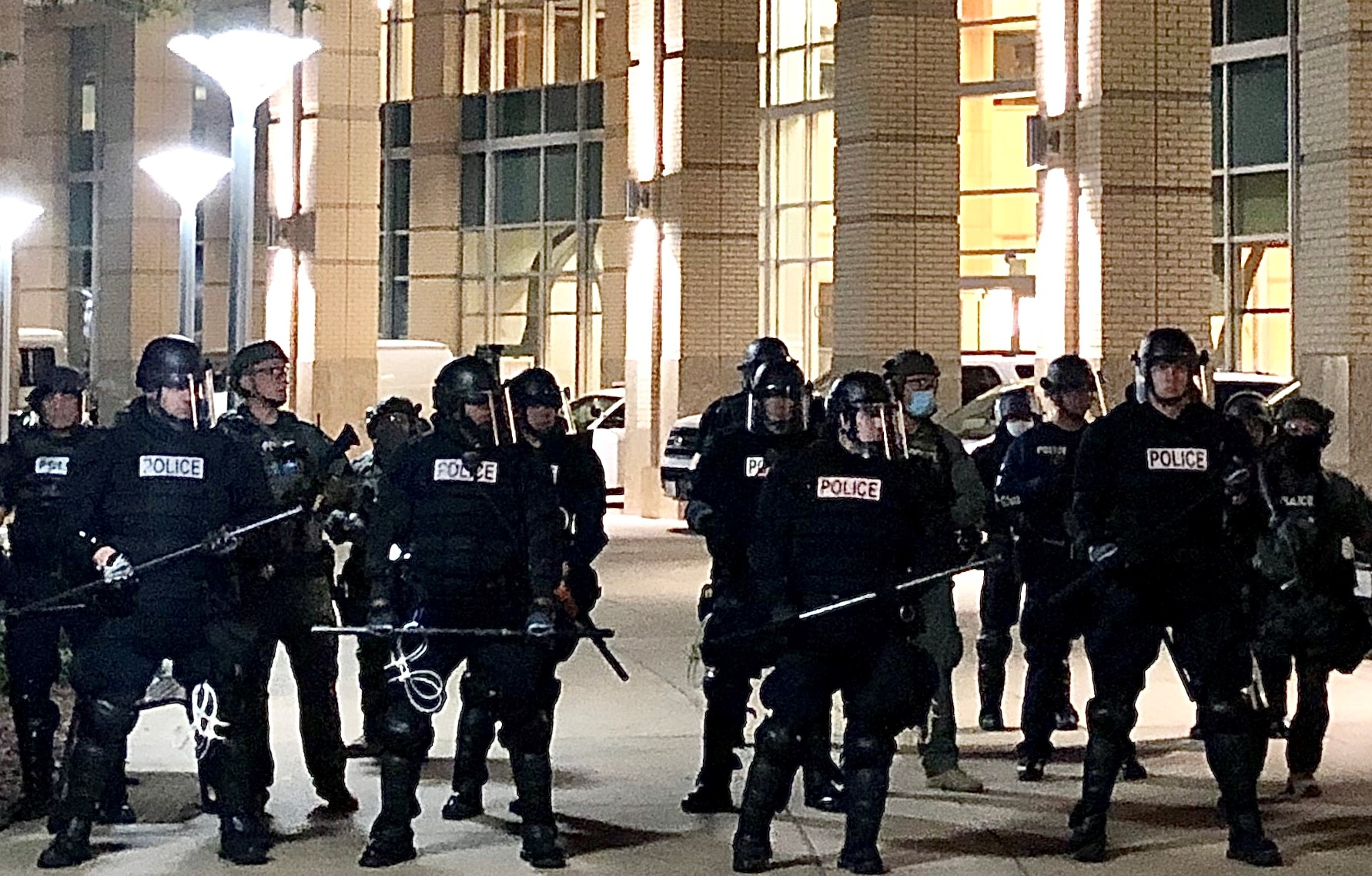

By Lois Yoo and Jeramie Gutierrez
SACRAMENTO, CA – Legislation that would set new requirements and standards for law enforcement when it comes to using police projectile weapons and chemical agents against protestors was approved by the Senate Public Safety Committee this week.
Assemblywoman Lorena Gonzalez’ Assembly Bill 48, which passed 4-1 in the Senate Public Safety Committee and 46-19 in the Assembly Floor prior, is now referred to the Senate Appropriations Committee for approval.
Without national or statewide standards for use, there continues to be risks for people, like Leslie Furcron, who have been brutally put into harm’s way, according to bill supporters.
Furcron is a grandmother from La Mesa, where she was shot with a bean bag round by a police officer during a police brutality protest last year.
Furcron claimed, “I will never forget the pain in my head. It felt like I was on fire. I was bleeding, lying on the ground with the round lodged into my forehead.”
In response to many situations like Furcron’s, Assemblywoman Gonzalez stated, “There is simply no excuse for the types of serious injuries we’ve seen inflicted on peaceful protestors who are  simply exercising their First Amendment rights.”
simply exercising their First Amendment rights.”
The U.S. Crisis Monitor would agree as they found that, even though 93 percent of racial justice protests were peaceful, “police were five times more likely to respond with force to these protests than the anti-lockdown protests.”
Gonzalez claims AB 48 will protect “an individual’s right to safely protest without risking injuries from rubber bullets or chemical agents by regulating how and when law enforcement can use these weapons.”
With this bill, law enforcement agencies are prohibited from using chemical agents, kinetic projectiles, and tear gas during any kind of peaceful protest.
The use of tear gas can have many unintended consequences, proponents charge.
Tear gas injuries can be compounded in enclosed spaces; what would usually be an irritation in the sensitive nose, mouth, and lung tissues could turn into chemical burns, blurred vision, nerve damage, and permanent vision loss.
The bill’s standard of use also includes rubber bullets, beanbags, and foam rounds. Such weapons are now prohibited from being aimed at a person’s head, neck or other vital organs.
This is imperative because there have been many reports in the last few years about such weapons causing injuries including skin penetration, major blood vessel injuries, serious abdominal injury, internal bleeding, traumatic brain injury, ruptured testicles, blindness, broken jaws, and eyeball explosions.
At longer distances, kinetic projectiles can unintentionally injure bystanders and non-violent demonstrators.
Before any use of kinetic projectiles and chemical agents, officers would be instructed to issue verbal warnings and other de-escalation tactics first.
Officers would require training for their safe use, and could use only for situations where lives are in danger or a risk of serious bodily injury is present.
Reports of any kinetic projectiles or chemical agents used that resulted in an injury would need to be sent to the state Department of Justice and an annual summary would need to be published on the agency’s public website.






Yes, protesters must be protected so they can loot, burn, deface property and throw projectiles at police without fearing harm.